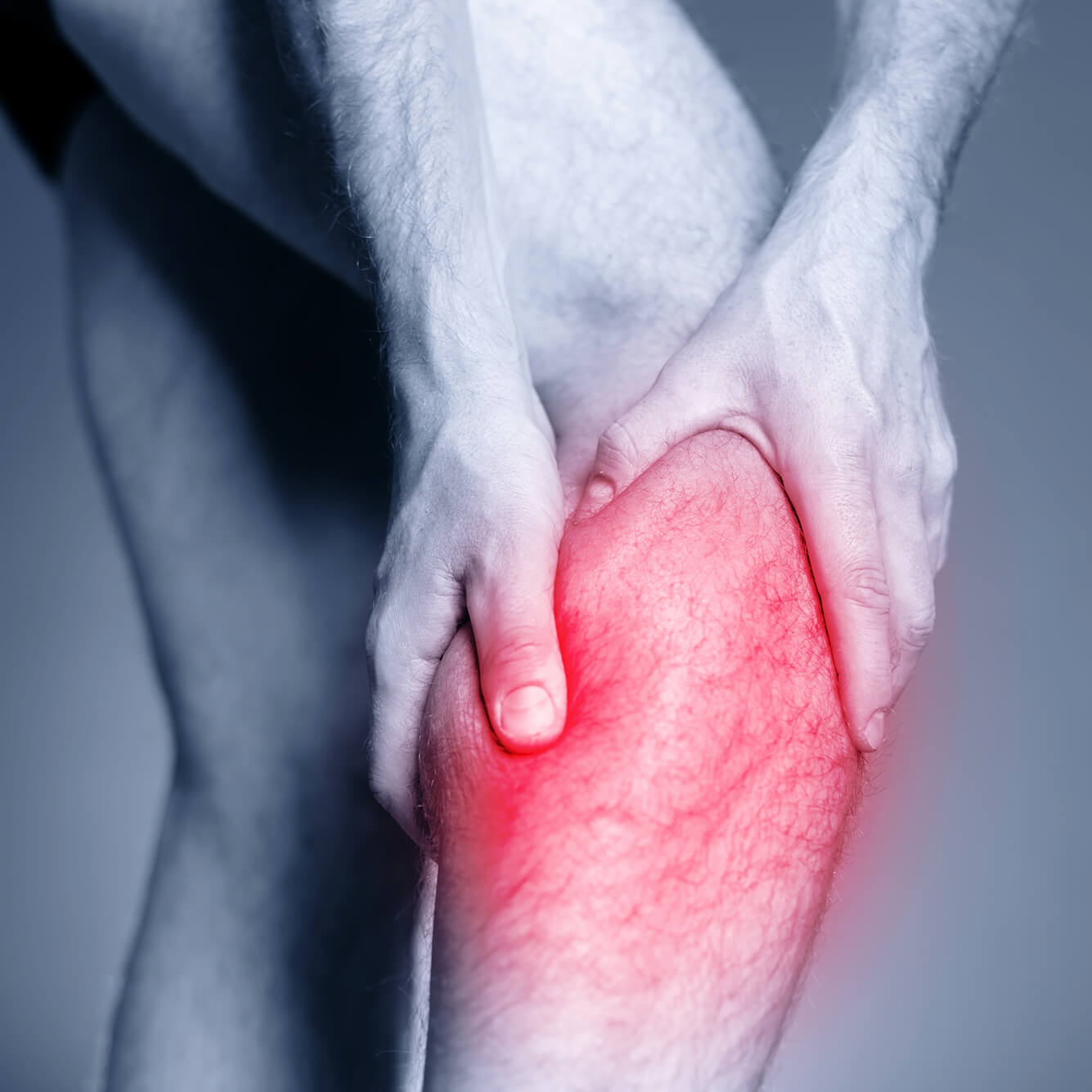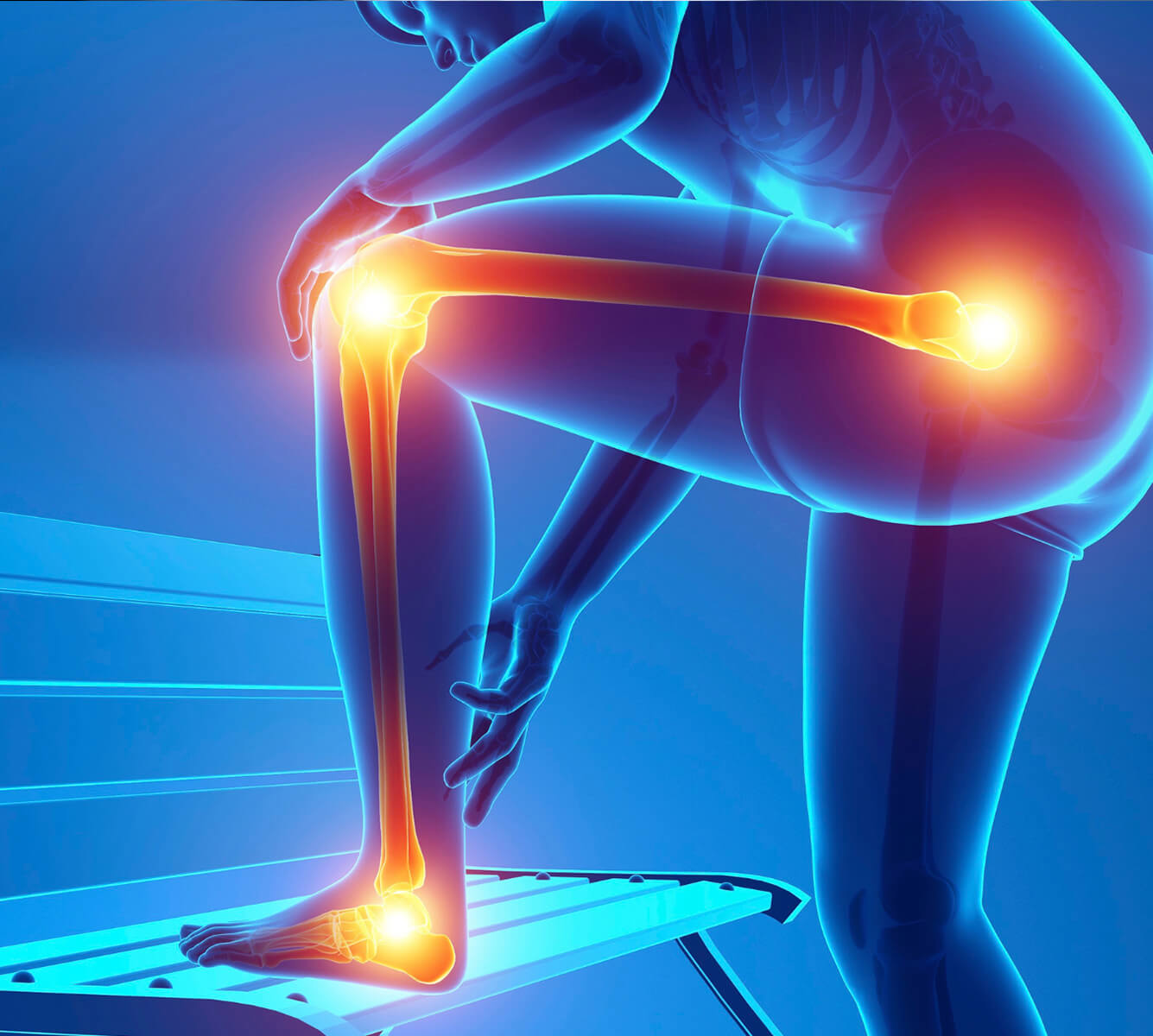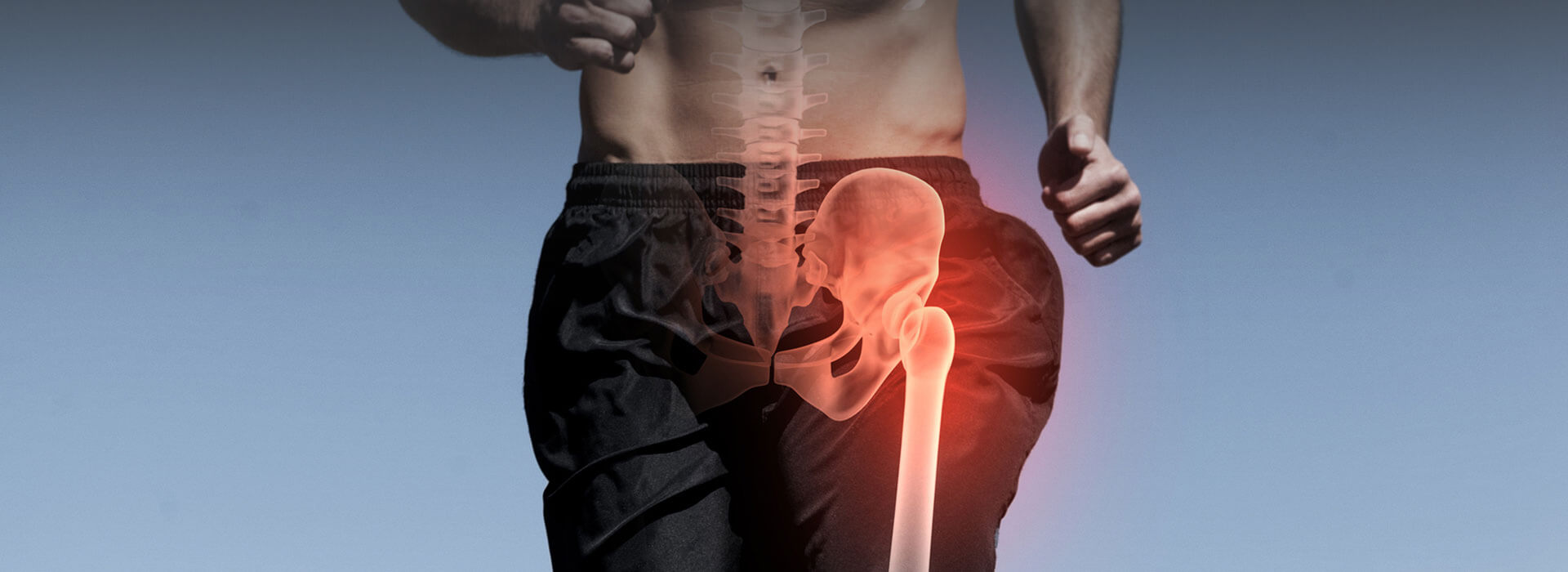

Our ServicesBack pain/Leg pain with paresthesia
Back pain is one of the most common complaints among adults. But when it’s accompanied by leg pain and unusual sensations like tingling, numbness, or a “pins and needles” feeling-also known as paresthesia-it may be a sign of a more serious underlying condition.
In this blog, we’ll dive into what causes back pain and leg pain with paresthesia, how to recognize the symptoms, and what treatment options are available.

What Is Paresthesia?

Paresthesia refers to abnormal sensations such as:
- Tingling
- Numbness
- Burning
- Prickling
- Crawling sensation
These are often felt in the arms, legs, hands, or feet and are commonly associated with nerve compression or damage.
When conservative  care needs
care needs
a specialist’s touch.
touch.
Common Causes of Back and Leg Pain with Paresthesia
01.
Sciatica
One of the most common causes, sciatica occurs when the sciatic nerve is compressed, usually due to a herniated disc, spinal stenosis, or bone spurs. It typically causes:
- Sharp or burning pain from the lower back down to one leg
- Numbness or tingling in the affected leg
- Weakness in the leg or foot
When Should You See a Doctor?
Consult a healthcare provider if you experience:Persistent or worsening back and leg pain
Numbness or weakness in the leg
Loss of bladder or bowel control (may indicate cauda equina syndrome, a medical emergency)
Difficulty walking or standing
Diagnosis
A doctor may recommend:Physical Examination
Imaging Tests: MRI, CT scan, or X-ray
Nerve Conduction Studies or EMG
Difficulty walking or standing
Treatment Options
01.
Conservative Treatments
- Rest and Activity Modification
- Physical Therapy
- Pain Relievers and Anti-inflammatories
- Hot/Cold Therapy
Lifestyle and Preventive Tips
Maintain a healthy weight
Use proper lifting techniques
Stay active and stretch regularly
Practice good posture
Manage blood sugar levels if diabetic
Conclusion
Back and leg pain with paresthesia shouldn’t be ignored, especially if it disrupts daily life or gets worse over time. With early diagnosis and appropriate treatment, most people can find relief and prevent complications.
If you or someone you know is experiencing these symptoms, it’s best to consult a spine specialist or neurologist for a comprehensive evaluation.

